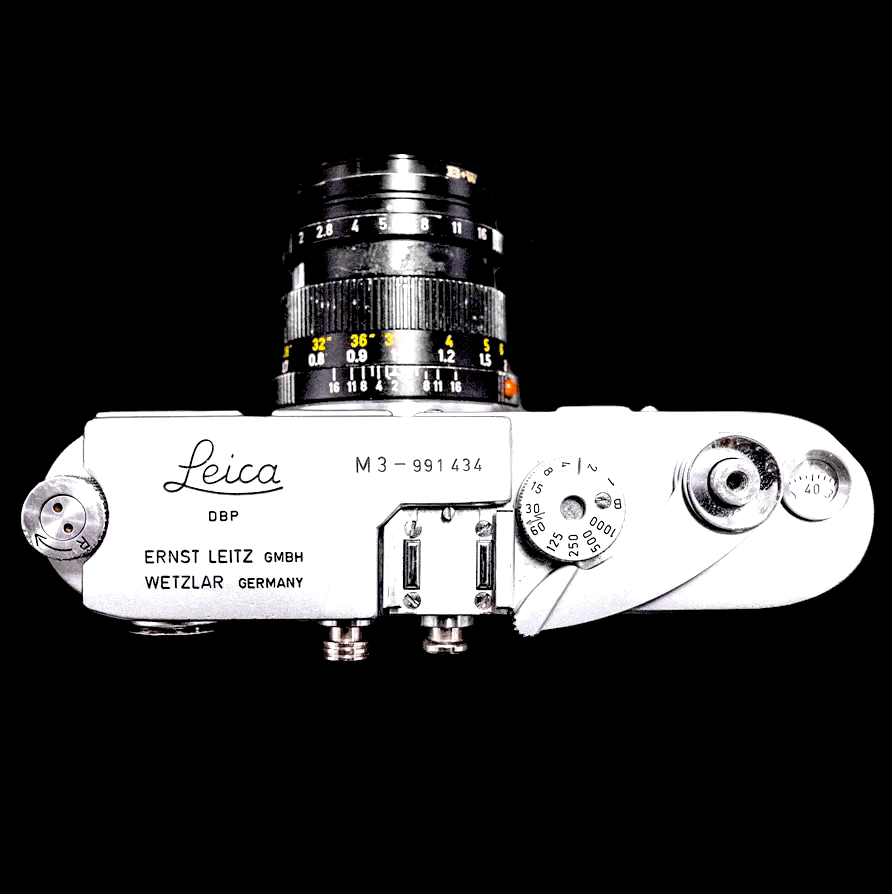

The glass is also protected against water projections so you can put this camera in risky situations without worrying too much. Last thing worth mentioning is the weather resistant conception. Two very useful features for shy photographers like myself! It will wait to rewind the film until you release the button so you’re target won’t even notice the you took the shot. The little extra is the delayed shutter when you hold onto the shutter release button after the shot.

Don’t expect a large piece of polished glass like on a Rolleiflex but its tiny window can help you to shoot at very usual angles or from the hip without having to guess your composition. This is the first to come with a f2.8 aperture instead of the kind of slow f3/5.Īnother particularity of this camera is that it comes with a waist level viewfinder on the top of the body.
#35MM POINT AND SHOOT UPGRADE#
The Yashica T3 is a bit of an upgrade compared to the first ones. PRICE RANGE: 350 to 500$ on eBay or Amazon Exposure Control: Aperture Priority and Program mode.Unless the brighter viewfinder is an absolute must for you, I’d say stick with the first version and save a few bucks to buy some film instead. I guess the little changes were not enough to justify the upgrade at the time it was released. There’s very little information about this specific version and it seems that people recommend to get a TVS version I over this one. It carries a brighter viewfinder and the lens cap is built-in the body so no risk to loose it.Īppart from that, the glass is identical and zoom range as well. This one offer some minor improvement over the first TVS version. Not a real panoramic per say as it only crops the top and bottom of the frame but you’ll get a taste of what it’s like to compose with an Xpan.įor more info about it, check out my review of the Contax TVS and see why it’s a great alternative to the Contax T2. One cool feature of this camera is that you can shoot in panoramic mode. From time to time I get a picture not properly exposed but this is a user error and has nothing to do with the camera itself. I’ve never had to complain about the image quality nor the autofocus (which can be a bit slow I admit).


#35MM POINT AND SHOOT SERIES#
I’ve owned this version for a few months now and can’t be more happy about it – Special thanks to Antti from !– The build quality has nothing to envy to the T series and it’s really a joy to use. It is knows that zooms aren’t as sharp as fixed lenses but we’re talking about Zeiss glass here, so keep that in mind. The TVS series is often disregarded because of its zoom lens. They are getting more and more rare but prices haven’t gone completely crazy yet so it may be good timing to grab one while there are a few left at a decent cost.įor those of you who aren’t ready to spend a salary month in a camera, this is where it gets interesting. It lives in the shadow of the newer Contax but is probably one of the best kept secret among the whole T series. This unique design and conception have been realised in partnership with the Porsche Design Group and have been using nothing but the finest materials like its titanium body (that you find on all Contax T series cameras). It shoots in Aperture priority mode, from 8s up too 1/500th of a second.
#35MM POINT AND SHOOT MANUAL#
The film advance lever is manual which also separate it from point and shoots. Unlike its younger sibling the T2 and T3, it comes with a real rangefinder finder in the body of really compact camera but no autofocus so keep that in mind. This technology, developed in 1935, is one of the reason why Zeiss lenses are so unique. This has for effect to allow an optimal light absorption, which reduces ghosting at the profit of an increased contrast and saturation. Zeiss lenses emblazoned with the famous T* (pronounce T-Star) actually mean that they have received a special anti-reflection coating on each lens elements. What makes Zeiss Lenses so special?Ī good lens doesn’t only mean a sharper image. Luckily for us, some of them have landed on compact film cameras and there are still a few gems relatively accessible. But to maintain a certain level of excellence, you need the best glass that you can afford and when it comes to exceptional glass, one of the first name that should come to your mind is Zeiss.Ĭarl Zeiss has been making glass since 1849 for all sorts of instruments but is mostly known for its outstanding lenses. They are easy to operate, light to carry and ready in no time when you have to capture THE moment. With some years of practice and experience, you will realise that smaller cameras, like Point & Shoot, can often mean better pictures without compromising on image quality.


 0 kommentar(er)
0 kommentar(er)
